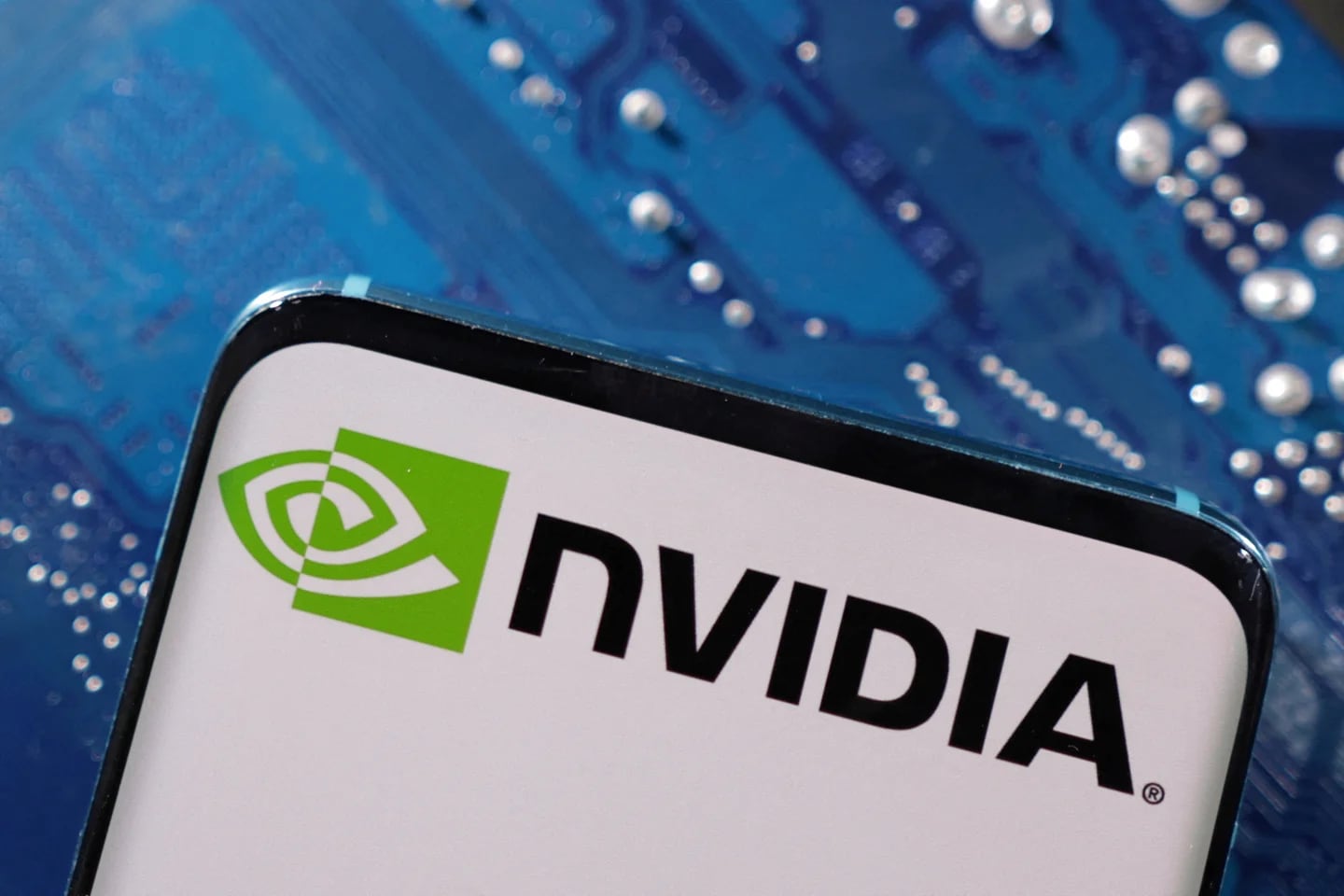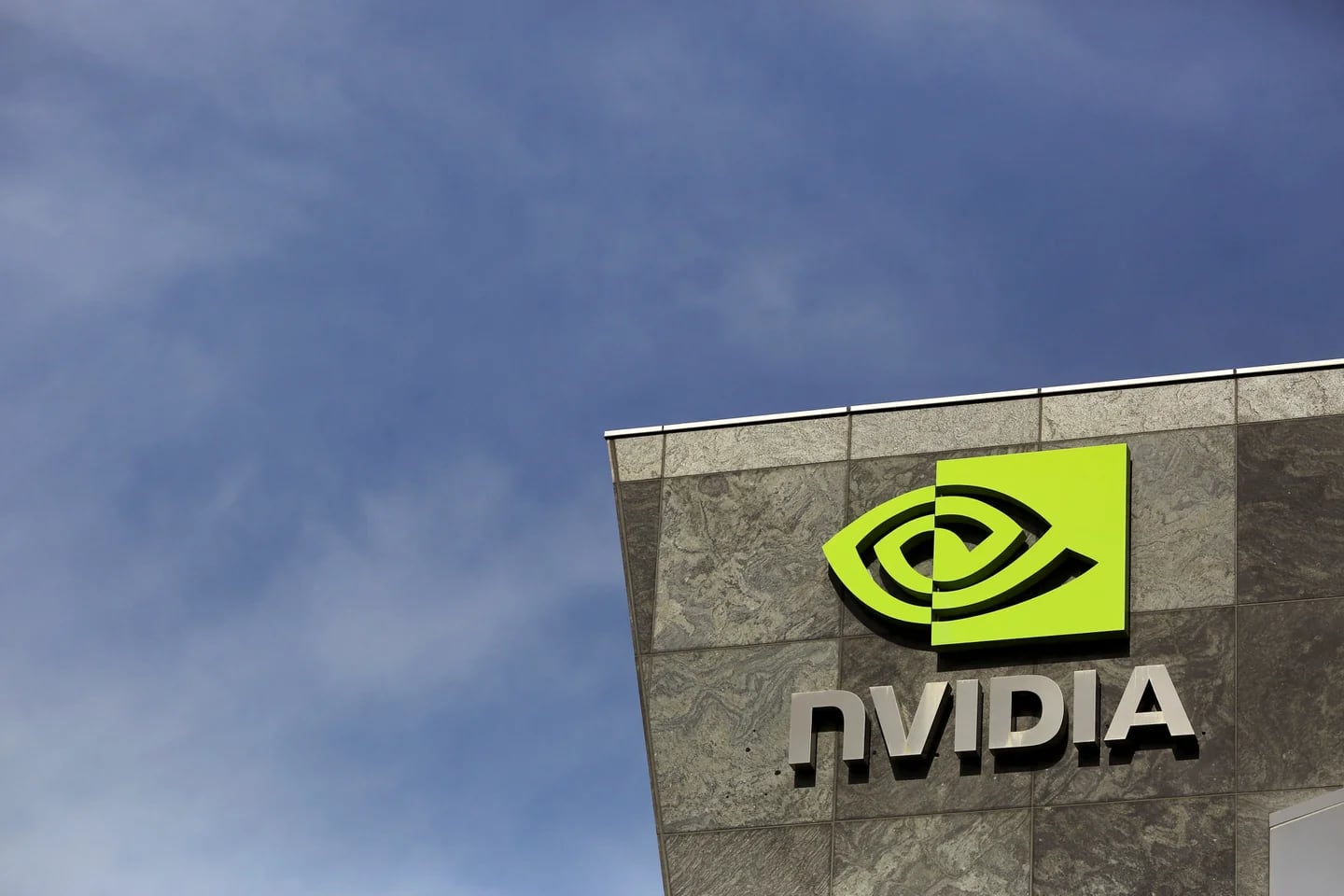
NVIDIA has taken a step forward in the development of autonomous technologiesby announcing the release of NVIDIA Omniverse Cloud Sensor RTX, a suite of cloud-based microservices that enables sensor simulation with a new focus on physical accuracy.
The multibillion-dollar sensor industry is essential to the operation of autonomous vehicles, humanoids, industrial manipulators, mobile robots, and smart spaces. Sensors provide the data needed for these machines to understand the physical world and make informed decisions.
With the introduction of NVIDIA Omniverse Cloud Sensor RTX, developers can now test the perception of sensors and associated AI software in realistic and physically accurate virtual environments prior to real-world deployment.
A breakthrough that could significantly improve safety while reducing the time and costs associated with developing these technologies.

“NVIDIA Omniverse Cloud Sensor RTX will enable developers to easily build large-scale digital twins of factories, cities, and even Earth, helping to accelerate the next wave of AI,” said Rev Lebaredian, vice president of Omniverse and simulation technology at NVIDIA.
How NVIDIA Sensor Simulation Works
NVIDIA Omniverse Cloud Sensor RTX is built on the OpenUSD framework and powered by NVIDIA RTX’s ray tracing and neural rendering technologies. This combination allows for the creation of simulated environments by combining real-world data from video, cameras, radar, and lidar with synthetic data.
Even in scenarios where real-world data is limited, microservices can be used to simulate a wide range of activities, such as checking whether a robotic arm is operating properly, whether an airport’s baggage carousel is working, whether a tree branch is blocking a road, or whether a person is nearby.

The physical accuracy of these simulations is crucial to ensure that the tests performed in these virtual environments represent real-world conditions. This not only improves the safety of autonomous technologies, but also accelerates their development by reducing the need for expensive and laborious physical prototypes.
Autonomous vehicles rely heavily on the accuracy and reliability of their sensors to navigate and make decisions in real time. The ability to test these sensors in virtual environments that faithfully replicate the real world allows developers to identify and correct problems before vehicles hit the streets. This improves security and reduces the time and cost of development by minimizing the need for real-world testing, which is more expensive and complex.
In addition, sensor manufacturers will also be able to leverage Omniverse Cloud Sensor RTX to validate and integrate digital twins of their sensors into virtual environments. This will significantly reduce the time needed for physical prototyping, allowing companies to develop and improve their products faster and more efficiently.

NVIDIA, the company on the rise
In the 2024 Kantar BrandZ Report on today’s most valuable companies, NVIDIA was one of the most prominent and fastest-growing companies. Known for its innovations in the field of artificial intelligence chips, the company has had a radical growth in its brand value.
In the last year, the company’s value nearly tripled, reaching more than $200 billion and increasing its value by 178%. This explosion in its brand value has catapulted it into the top 10 of the world’s most valuable brands for the first time, ranking sixth, according to Kantar.
NVIDIA has become a mainstay in the AI revolution, with its GPUs (Graphics Processing Units) being compared to “gold and oil” in the tech world. The company, led by Jensen Huang, has been praised for its ability to lead disruptive narratives in technology and for maintaining a central position in the growth of the chip market.

Comments